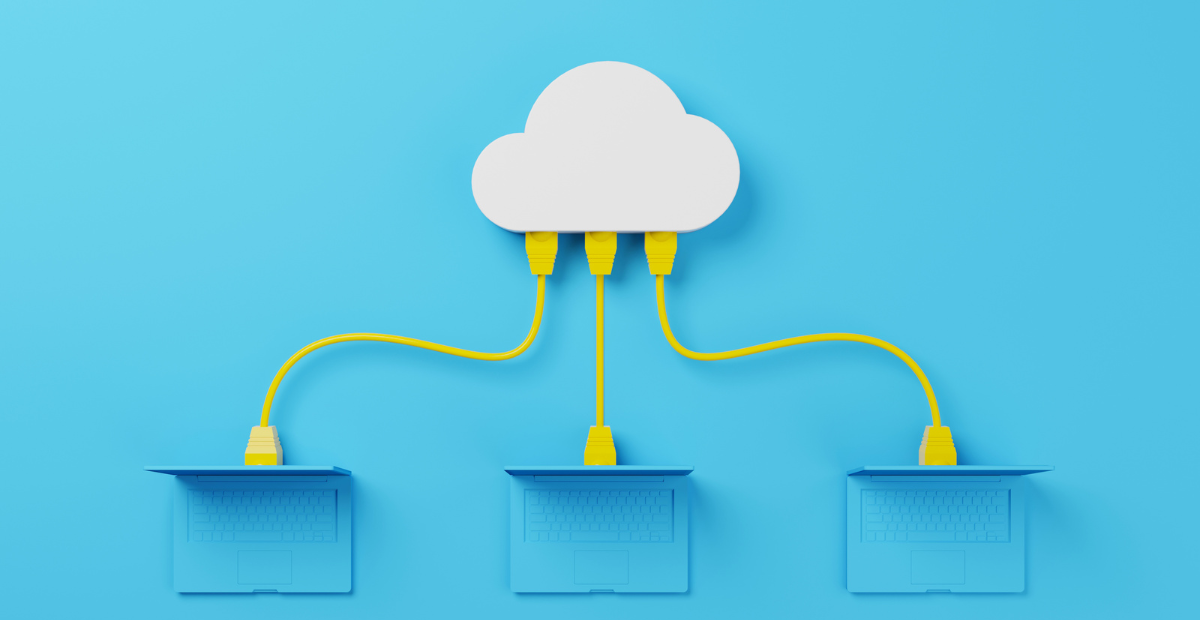Cloud computing has become a vital tool for businesses, providing seamless data storage and application sharing. It offers numerous benefits such as cost reduction, enhanced scalability, and improved business continuity. As we look ahead to 2024, cloud computing continues to drive transformative technological trends like artificial intelligence (AI) and the Internet of Things (IoT). In this article, we will explore the key cloud computing trends that are set to shape the industry, enabling businesses to drive operational efficiencies and streamline processes.
- Edge Computing: Edge computing, which processes data at the network’s edge, will gain prominence in 2024. By minimizing latency and bandwidth requirements, it enables faster and more efficient data processing. Offering robust privacy, quick data transmission, and increased efficiency, edge computing will play a central role in cloud strategies.
- Multi and Hybrid Cloud Solutions: The adoption of multi and hybrid cloud solutions will continue to grow. These solutions integrate on-premise, private, and public clouds, allowing businesses to distribute their workloads across multiple cloud providers and maintain control over their data and applications.
- Cloud Security and Resilience: As businesses embrace the cloud, security and resilience become top priorities. Cloud providers are investing more in robust security features, including data encryption, access controls, and disaster recovery capabilities. Increased adoption and investments in cloud services will enhance data protection.
- Blockchain: Blockchain technology, when integrated with cloud computing, unlocks new applications and services. It enables secure and cost-effective control over vast amounts of data, offering transparency and decentralization. Cloud providers are offering Blockchain-as-a-Service (BaaS) solutions, empowering businesses to develop and deploy blockchain applications in the cloud.
- Internet of Things (IoT): The growth of the Internet of Things (IoT) requires cloud providers to invest in the necessary infrastructure. Cloud computing plays a crucial role in maintaining connections and facilitating data collection from remote IoT devices. Robust security protocols ensure a safe cloud environment for IoT data transmission and management.
- Kubernetes and Docker: Kubernetes, an open-source container orchestration platform, automates the deployment and management of containerized applications. It, along with Docker, transforms how businesses handle cloud deployments, enabling efficient application scalability. Docker, a containerization platform, empowers developers to package applications into containers. These technologies will continue to shape cloud computing trends.
- Artificial Intelligence (AI) and Machine Learning (ML): AI and ML, closely tied to cloud computing, offer cost-effective solutions for managing and analyzing vast amounts of data. Increased automation and self-learning capabilities are expected to emerge as AI and ML continue to advance. The computational power and storage space provided by the cloud facilitate data collection and algorithm training.
- Automation: Automation plays a vital role in cloud computing, enhancing business efficiency and network quality while reducing the risk of system slowdowns or downtime. Cloud vendors are investing in automation through citizen developer tools and AI, making it more accessible for businesses to implement automation in their operations.
- Citizen Developer: The concept of the citizen developer empowers non-technical individuals to leverage connected systems without coding expertise. Many tools now allow users to connect APIs and create customized automation through a simple drag-and-drop interface. In the coming years, major companies will release more user-friendly tools, enabling developers to build complex applications effortlessly.
- More Data Investments: Cloud computing enables businesses to store, analyze, and gather large volumes of data. Storing data in distributed computing environments, including graphics processing units (GPUs), enables processing across many machines. This shift toward distributed computer architectures will require businesses to run algorithms in parallel across multiple machines for real-time analyses, unlocking new possibilities for data utilization.
- Open-Source Cloud: Open-source cloud providers offer increased customization options and control over cloud frameworks, making them attractive alternatives to traditional cloud providers.
- Low-Code/No-Code Cloud Services and Cloud-Native Applications: Low-code/no-code cloud services facilitate app development without extensive technical expertise, speeding up development times and reducing costs. Cloud-native applications, designed to run on cloud infrastructure, leverage cloud services for increased efficiency. Cloud providers offer tools and services to assist businesses in building and deploying cloud-native applications.
As we look ahead to 2024, cloud computing will continue to revolutionize the business landscape. Edge computing, hybrid cloud solutions, heightened security measures, and the integration of emerging technologies like blockchain, IoT, and AI/ML will shape the industry. Automation, citizen development, and the adoption of open-source solutions will further empower businesses to innovate and streamline processes. Embracing these cloud computing trends will enable organizations to enhance their operational efficiencies, drive growth, and stay ahead in an increasingly digital and competitive landscape.


